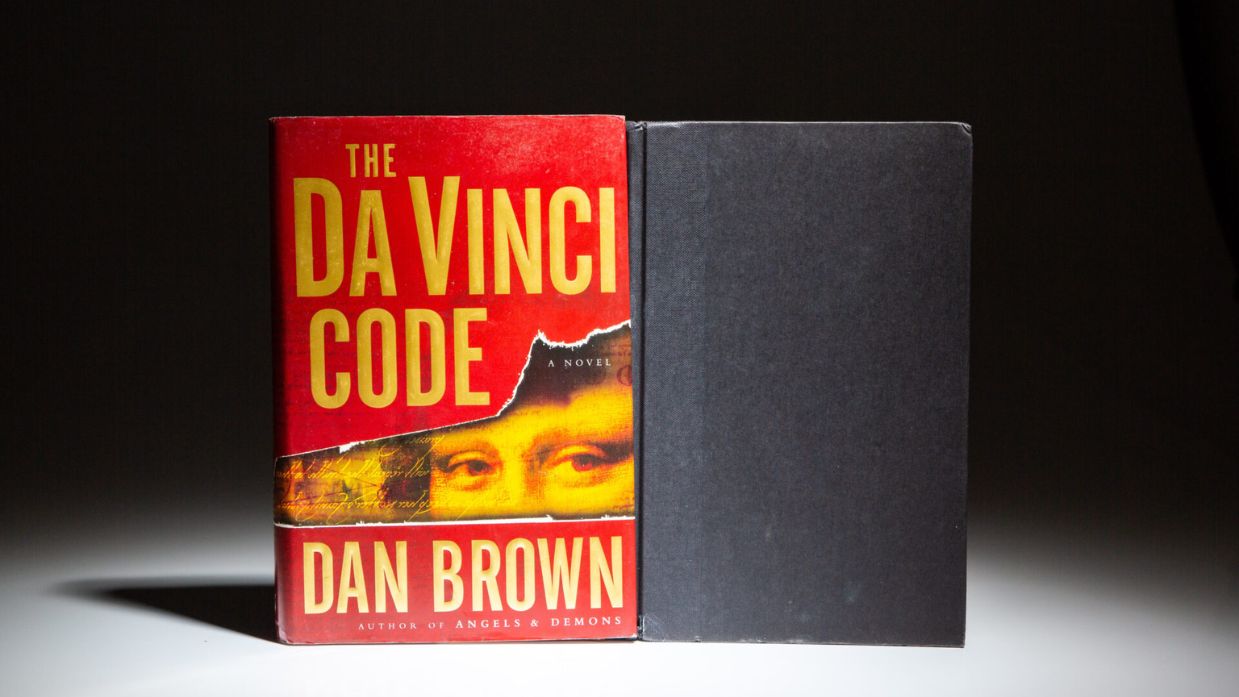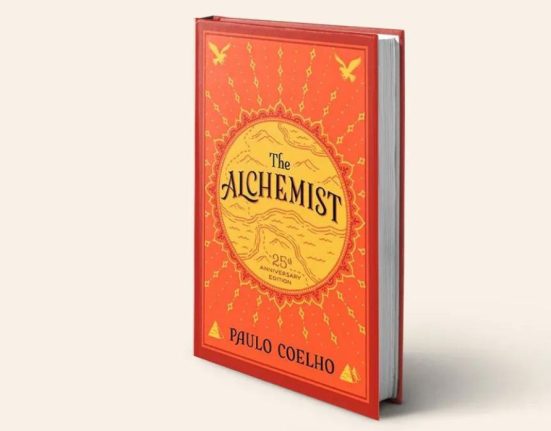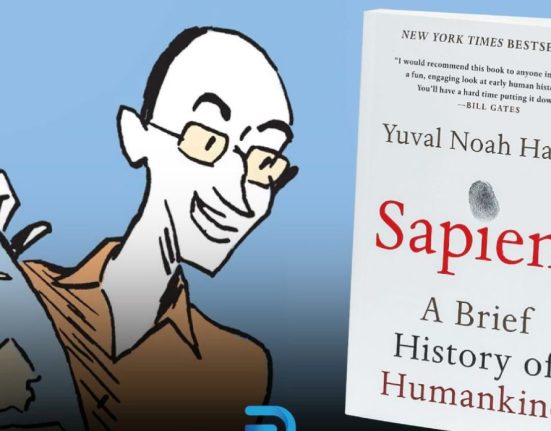Dan Brown’s “The Da Vinci Code” has captivated readers worldwide with its intriguing and controversial plot is a modern classic that shaped literature. It combines art, history, and religion.
In “The Da Vinci Code,” Harvard symbologist Robert Langdon and French police cryptologist Sophie Neveu endeavor to decipher a series of symbols and clues across Europe. Their search begins with a Paris Louvre Museum murder. From there, they race against time to uncover a secret that could destroy Christianity.
Dan Brown studied “The Da Vinci Code” extensively, which is evident in the book’s detailed art and symbol descriptions. Brown brilliantly blends art history and dramatic storytelling to realistically depict Leonardo da Vinci’s “Mona Lisa” and “The Last Supper.”
In the book, “Mona Lisa” comes alive. Brown’s stunning representation of this classic painting’s secretive smile and sad eyes recalls its centuries-old mystery. He discusses the various interpretations about the painting’s woman, showing how much the art world likes it. Brown draws readers into the story and makes them wonder if the “Mona Lisa” is more than it seems.
The same goes for Leonardo da Vinci’s “The Last Supper” enigma and dispute. Brown investigates why the pupils are standing and why there is no chalice. This painting, an integral part of Christian iconography, takes on new dimensions as Langdon and Neveu delve into the secrets it may hold. Brown’s ability to seamlessly incorporate art history into the action and his meticulous attention to detail give the reader the impression that they are participating in an artistic treasure hunt.
Brown’s story stands out because of his deftness with artistic conundrums. This book deciphers hidden messages hidden in well-known works of art. The plot is deepened and made more complex by the presence of visual riddles. As Robert Langdon, our protagonist, deciphers these artistic riddles, readers are drawn into the world of symbology, experiencing the thrill of unraveling age-old mysteries alongside the characters.
Brown’s use of art and symbolism as both narrative devices and puzzles not only enhances the book’s entertainment value but also serves as a reflection of the novel’s central themes. Similar to how art often has veiled significances that await interpretation, “The Da Vinci Code” challenges us to interrogate established facts and delve into the obscured narratives that reside beneath the superficial layer. The novel’s narrative approach and progression of themes inspire critical thinking on works of art. It inspires fresh perspectives on cultural canons such as art, religion, and history.
The basis of “The Da Vinci Code” is a thorough exploration of religion and the Holy Grail mysteries. Dan Brown’s blend of fact and fiction draws readers into a realm of historical intrigue and religious mystery.
Similar to how art often has veiled significances that await interpretation, “The Da Vinci Code” challenges us to interrogate established facts and delve into the obscured narratives that reside beneath the superficial layer. The novel’s narrative style and subject development encourage intellectual examination of art.
Throughout the novel, Brown stimulates intellectual curiosity by presenting a wealth of historical and religious information. He encourages readers to explore the rich tapestry of history, art, and theology, inviting them to embark on their own quests for knowledge. As Robert Langdon and Sophie Neveu unravel cryptic clues, readers are inspired to engage with history and religion on a more profound level, prompting them to seek answers to age-old questions.
The novel’s notable attribute resides in its capacity to incite intellectual discourse. Brown skillfully challenges conventional beliefs and invites readers to question the historical narratives they’ve been taught. The incorporation of religious history, art, and cryptology enhances the narrative’s complexity, transforming it from a mere thriller into a stimulating examination of religion and knowledge.
Conversely, certain readers may perceive the problematic issues as disconcerting, and the depiction of certain religious institutions has been a topic of critique. It is crucial to adopt an interpretive lens that views “The Da Vinci Code” as a fictional piece rather than a historically accurate account, acknowledging its utilization of speculative concepts.
In summary, “The Da Vinci Code” authored by Dan Brown is an enthralling suspense novel that skillfully integrates elements of art, history, and religion to construct a compelling storyline. Although it may possess certain imperfections, it effectively captivates readers and causes them to question their convictions. This novel is highly recommended for individuals who appreciate a captivating and intellectually stimulating narrative. Just remember to keep an open mind and appreciate it as a work of fiction that stimulates discussion and exploration.
Also Read: The Alchemist by Paulo Coelho – Book Review






Leave feedback about this